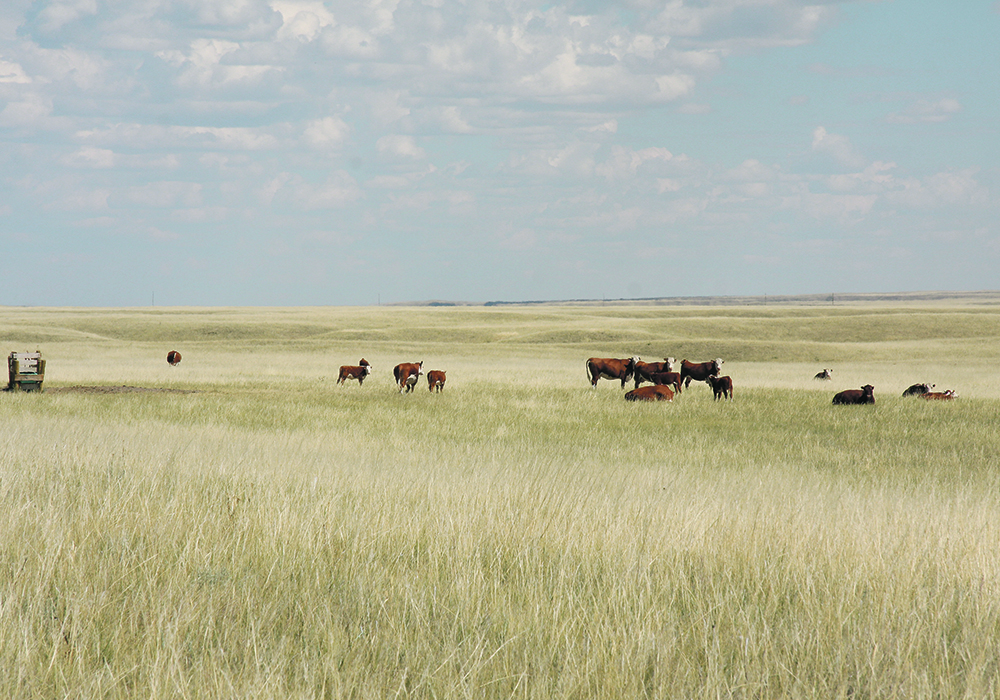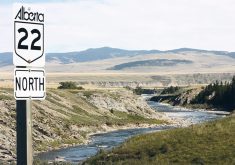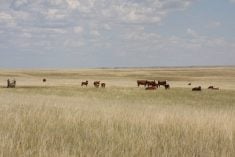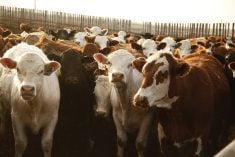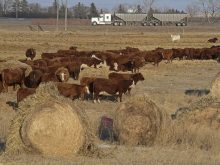Three organizations with a history of conservation on the Prairies have launching a new initiative to protect one the most threatened agricultural and ecological landscapes in the West.
The Grasslands Conservation Initiative is the product of joint discussions between the Canadian Cattle Association, Ducks Unlimited Canada and the Nature Conservancy of Canada that were held in the lead-up to this year’s Climate Change Conference (COP28) in United Arab Emirates.
“It’s the scale of the issue that is hard to overcome,” CCA vice-president Tyler Fulton said about the loss of grasslands.
Read Also
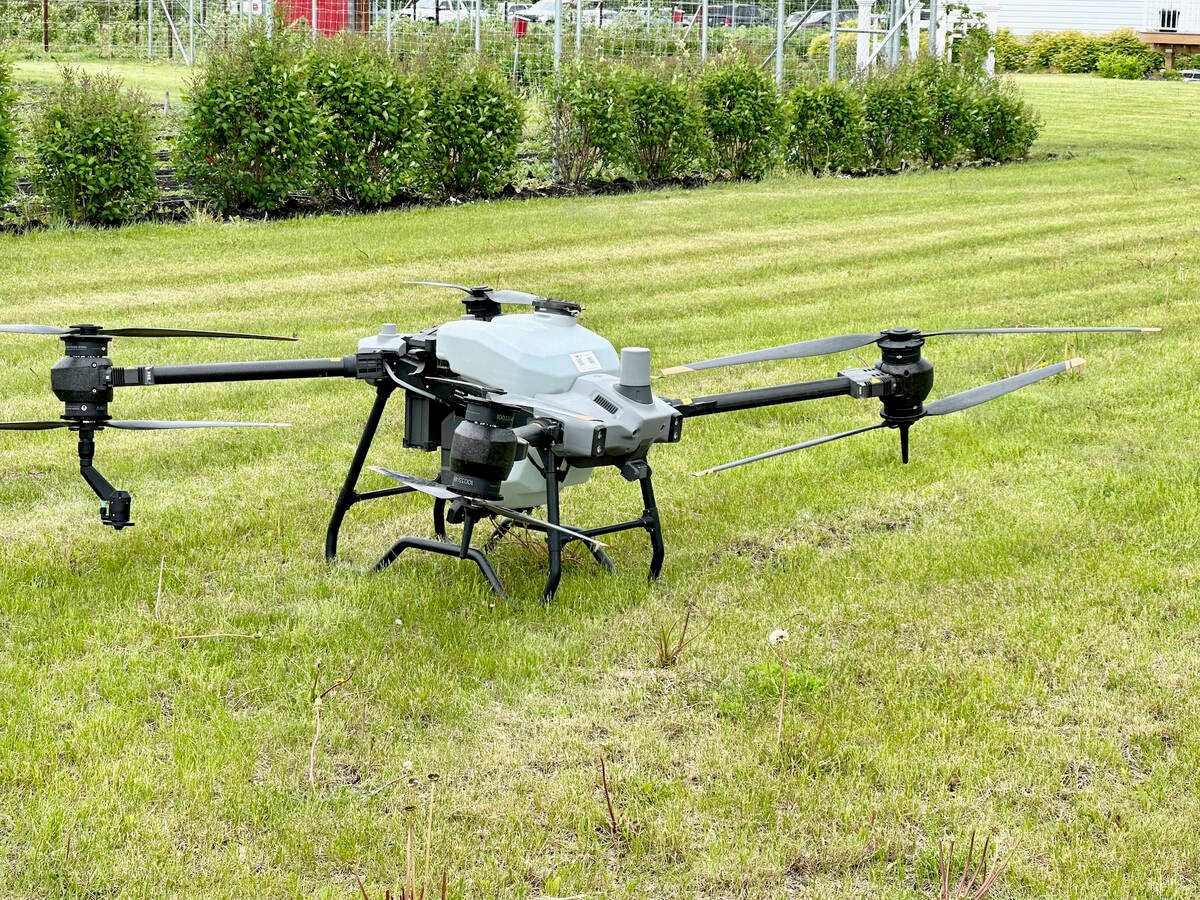
Canadian Food Inspection Agency red tape changes a first step: agriculture
Farm groups say they’re happy to see action on Canada’s federal regulatory red tape, but there’s still a lot of streamlining left to be done
“Even for large entities like Ducks Unlimited and NCC, they have to pick and choose where they want to prioritize their dollars.”
About a quarter of grasslands remain unbroken, but Fulton said the country continues to lose nearly 150,000 acres a year to cultivation and urban expansion.
The idea behind the grasslands initiative is be to create a unified front in stemming the loss of native pastures and work with local land trusts and provincial stakeholder groups in funding efforts to reward producers for their stewardship efforts, said Fulton.
“It’s not just easements,” he said.
“What we are talking about are shorter-term agreements — one to five years — that would simply say if you are maintaining the grasslands in its current form and not draining or breaking the pasture, then we value that and we’re willing to pay you for that practice.”
The initiative would also back medium-term arrangements and make it easier for landowners to resist the financial incentives for plowing native and tame pastures,.
Led by the CCA, the program aims to protect biodiversity while contributing to food security by keeping cattle on the land.
“As part of the conversations and policy-making that happens, we think it’s pretty critical that biodiversity gets a step up,” said Fulton, considering that the focus of environmental policy is often on carbon emissions.
“It’s important to look at all the aspects of the sustainability of all industries,” he said.
“Where cattle really shine is in supporting biodiversity across a diverse landscape.”
Fulton said the joint initiative is hoping to garner a $175 million commitment annually for the program’s goals.
“When levered with other private sector conservation (non-governmental organizations) or even local land trusts, we think it’s entirely possible that we can stem the loss,” said Fulton.
“It is also the right time to do it.”
He said the timing is right because higher beef prices is narrowing the gap between crop returns and cattle returns, which means more can be done with less dollars to ensure grasslands aren’t broken.
“We think we are in a good spot now to really start to tackle this.”
The CCA plans to send a delegation to COP28 next month.
Contact alex.mccuaig@producer.com


